Location
Hope
Established
Current Crew Photo
No current photo.
Crew History
Before 1993, Regional Helitack Services were provided under contract. Regional initial attack crews were based in Campbell River, Nanaimo, Duncan, Pemberton and Hope. In 1994, contracted Helitack Services were cancelled and the ministry incorporated Helitack crews into the region. Regional Helitack bases were established in Pemberton, Qualicum Beach and Hope. All initial attack crews were rebranded to Vancouver Initial Fire Attack Crews (VIFAC).
The Haig Initial Attack (IA) base typically operated with three crews, though only one was usually deployed at a time. Given the high frequency of lightning strikes in the Southeast Fire Centre (SEFC) during that period, Fraser was the closest available location, and as a result, Haig crews were often the first to be dispatched.
In the early years, many of the Haig IA personnel resided in trailers on site. The living arrangements were less than ideal, so the crew relocated into town. This move provided a range of benefits, primarily the ability to separate work from personal life, which had been challenging when living and working in the same location with constant turnover. After the relocation, Grant Preston, a wildfire technician, arranged for an excavator to demolish the old trailers and dispose of the debris, an action that was met with much satisfaction.
In the early 2000s, it was common for an IA crew to consist of a crew leader with seven or more years of experience, a crew member with four to seven years, and a rookie with one to four years. Unfortunately, this level of experience is less common today, though technological advancements have helped accelerate the learning process. In those earlier years, much of the training and documentation was done through extensive binders filled with paper forms and records.
There was a full-time crew based in Boston Bar for several years; however, due to several challenges, it was later deemed unsuitable, and crews began rotating in on a weekly basis during the summer months. These rotations required crews to stay in a rented trailer at the Canyon Alpine Trailer Park, which lacked air conditioning. The conditions were tough and the stories from Boston Bar are better left untold.
In 2003, the crew spent the majority of their time in the SEFC, where they were deployed for back-to-back operations, often resetting in place. In total, the crew was away for 52 days. The 2003 fire season was one of the busiest in recent memory, with major incidents such as the West Kelowna, Barrier and Strawberry Hills fires.
The culture within the crew has always been defined by a strong work ethic. The crew maintains productivity even during quieter periods by engaging in activities like racing up to the gravity feed or holding pushup competitions. Just as importantly, the crew values team cohesion outside of work. This stressful job requires effective stress relief, and spending time together—whether around a campfire or on a hike—helped strengthen their bond as a team. Additionally, being stationed in the lower mainland provided ample opportunities for leisure activities, further contributing to a healthy work-life balance.
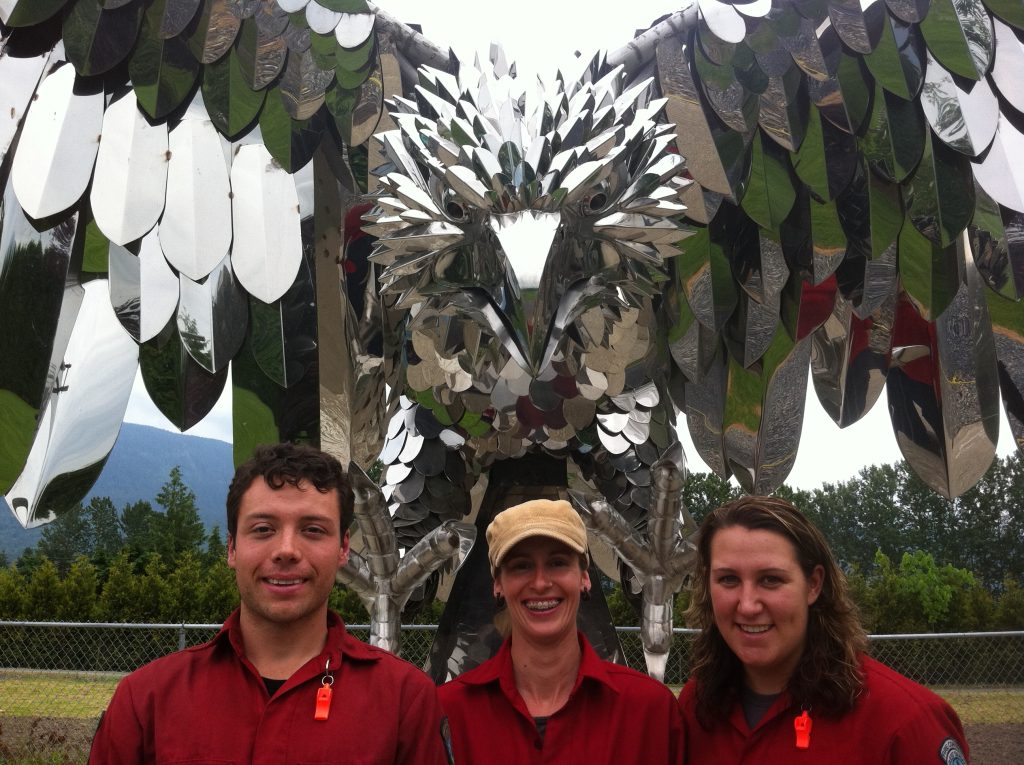
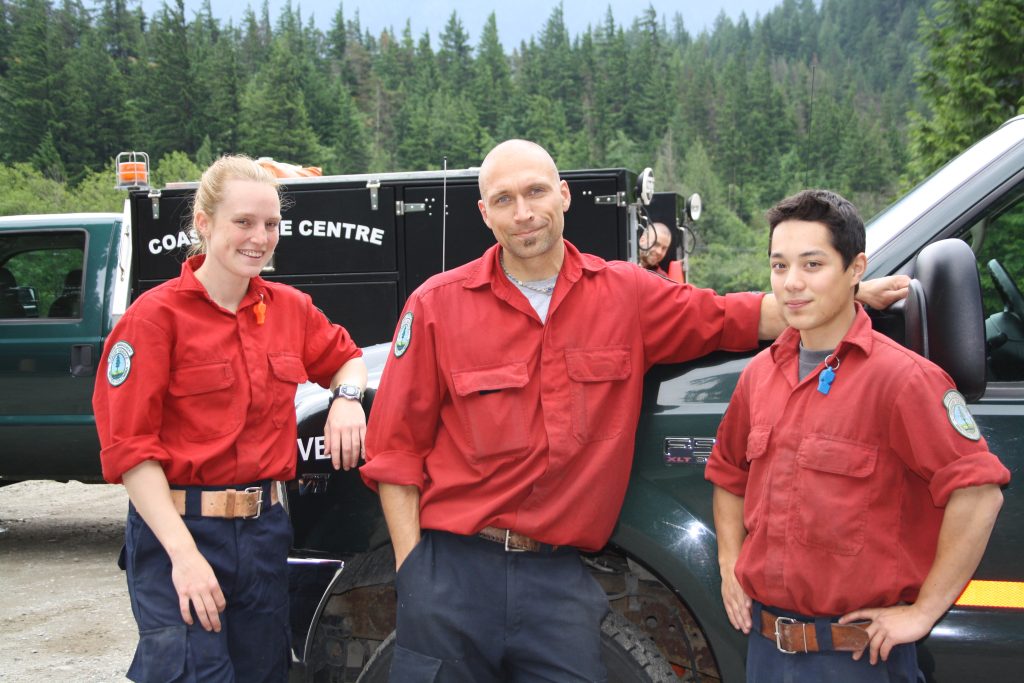


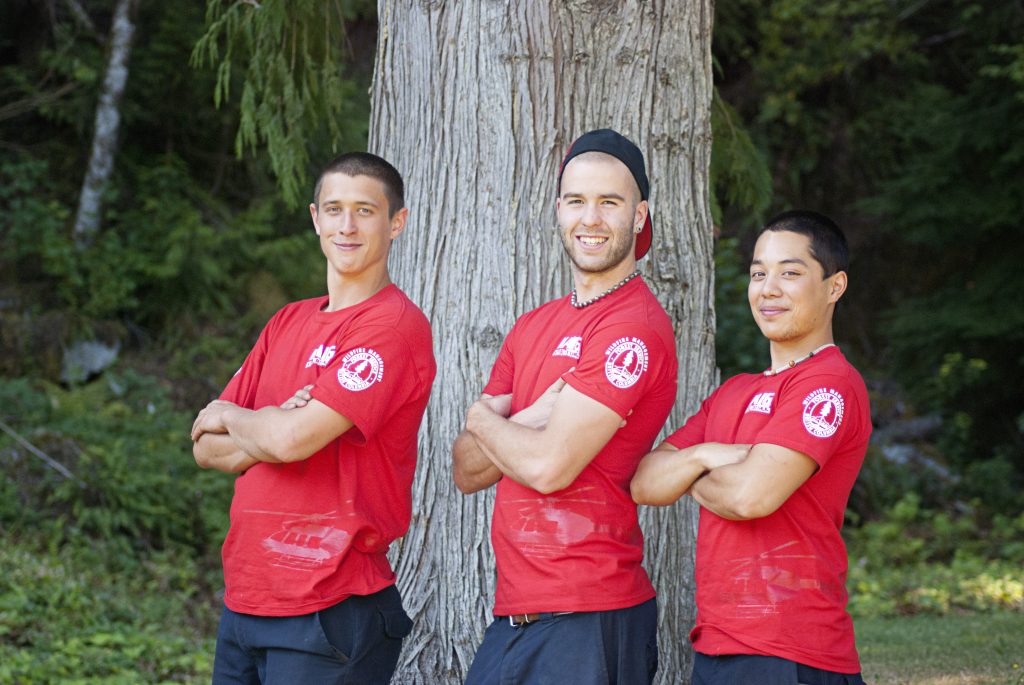

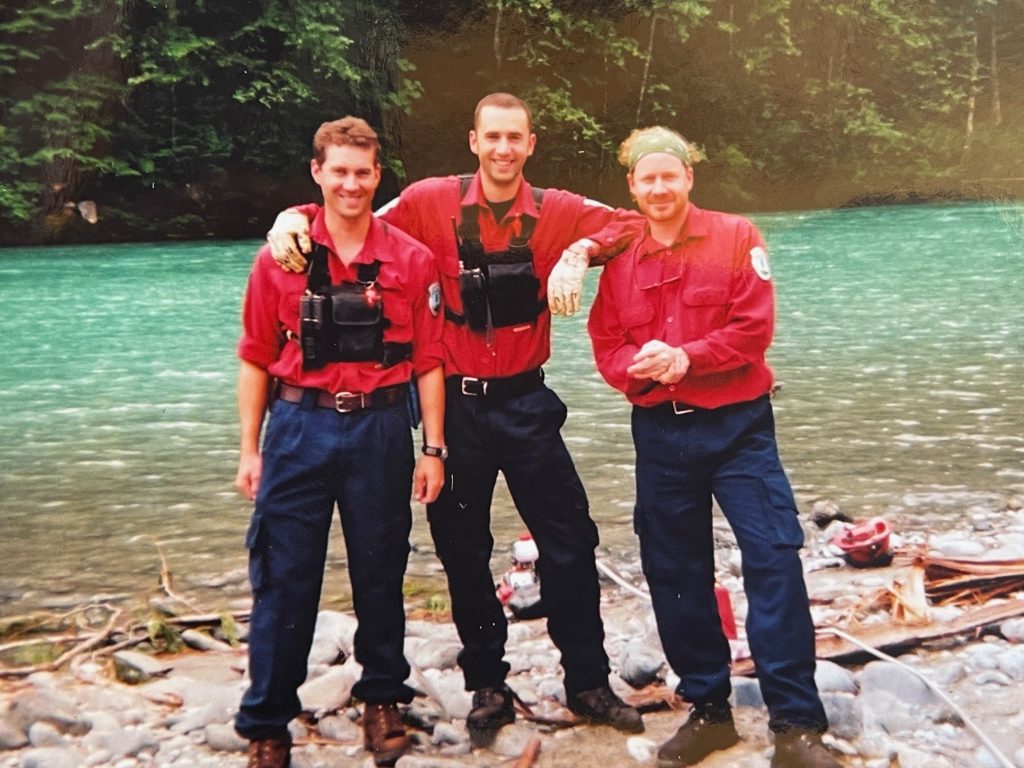
Patches
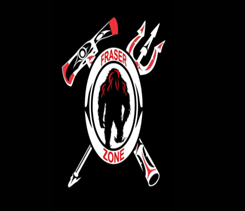

Crew Supervisors
B. Grandfield: Current
For updates to this page please contact fireinfo@gov.bc.ca.
